You’ve rocked, bounced, nursed, and swayed—and just when you think your baby is finally asleep… a creaky door or barking dog: Boom. Awake again.
Sound familiar?
IIf the sleep of your little one seems fragile or unpredictable, it might be time to tap into a secret weapon backed by science : white noise for babies.
In this post, I’ll explain all the research behind white noise, its positive effects on infant sleep, the best soothing sounds (that actually help babies sleep longer and deeper), and how to use it safely in your baby’s sleep environment (without offer overstimulation or risk).
So let’s get focused on the sound science of better baby sleep.
What Is White Noise and How Does It Work?
White noise is a constant sound that has the same intensity for all frequencies. Examples: a fan blowing in the room, rain falling on the roof, or a soothing whirr from an air conditioner.
Why White Noise Can Help Babies Sleep
After 9 months of hushed, rhythmic sounds in the womb, babies enter a loud world– the womb registers sounds at around 80-90 decibels (the same as a vacuum cleaner!). So it is no wonder that babies can find silence to be a strange, and sometimes anxious, experience.
White noise provides the experience and qualities of the womb :
- Familiarity and a sense of safety
- A buffer against household or outside noise
- A rhythmic stimulus that calms and promotes drowsiness
Ultimately, white noise offers babies and children relief from distractions that help them settle into a deeper state of sleep.
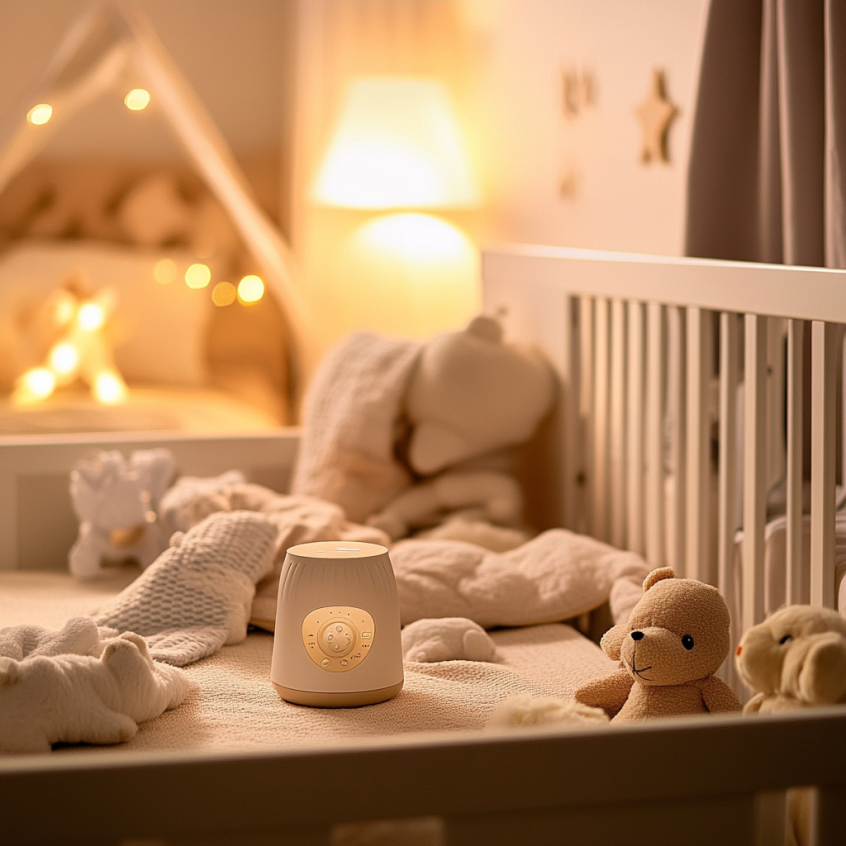
Scientific Benefits of White Noise for Babies
Research validates what many parents know already: white noise improves sleep for infants.
Key findings :
- A 1990 study in Archives of Disease in Childhood found that 80% of newborns who heard a white noise option fell asleep within 5 minutes compared to 25% without.
- Other studies show that white noise helps infants fall asleep, stay asleep and sleep through environmental sound, like cars, or siblings playing nearby.
Additionally, white noise helps babies sleep longer by helping them transition between sleep cycles—especially during naps or early morning, when babies are more likely to wake up.
Best Sounds for Baby Sleep (and Why They Work) :
Not all white noise is created equal. The following describes the most effective, science-backed sleep sounds you can try with infants:
1. True White Noise
A steady-state “shhhhhh” sounds like air flow or static noise. It’s great for newborns or exhausted babies.
2. Pink Noise
Softer and lower frequency than white noise; sounds like rain or waves from the ocean. Pink noise is soothing and less harsh for older babies.
3. Brown Noise
A richer, rumbling sound (like distant thunder). Brown noise is best for toddlers, or light-sleeping babies needing deeper masking.
4. Sounds of the Womb
Sounds that sound like heartbeat and fluid movements. Effective especially during the first 12 weeks of life.
5. Nature Sounds
Gentle rain, ocean waves, rustling leaves, etc., are not exactly white noise, but they can be effective to use with sensitive sleepers once they have moved out of newborn stage.
Pro Tip: Avoid sounds that contain different pitches/volumes (like lullabies) as they can be stimulating rather than calming.
Selecting White Noise Machines for Your Baby
When selecting white noise machines for babies, look for:
- Continuous play (no auto turning off)
- Good volume control and decibel safe levels
- Multiple sounds (examples would be white, pink, brown noise etc)
- No distracting lights or moving parts
Things to consider purchasing :
- Battery backup in case of a power failure
- Good to travel, compact for travel
- Timer free so it doesn’t cut off during sleep cycles
Brands like Hatch, Yogasleep and LectroFan offer various options and high quality noise machines geared towards infants sleep.
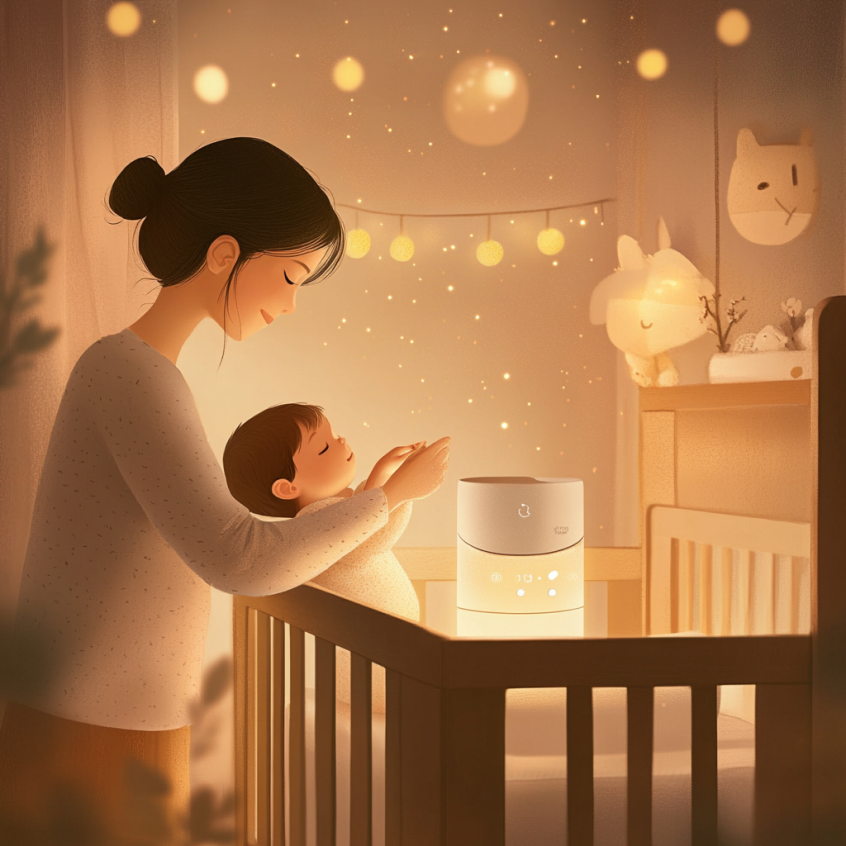
This is a safe level of white noise for your baby to sleep under
Like any sleep aid, white noise should be used safely.
Follow these recommendations :
- Keep the sound below 50 decibels (essentially the level of a quiet conversation). Most devices have a sounds-adjusting options.
- Keep your device at least 6–8 feet from your crib to reduce sound exposure.
- Use continuous and consistent sounds—avoid using tracks that have starts and stops (which can jolt babies awake).
- Never place a paired noise machine / sound machine inside your crib or bassinet.
White noise is a safe and effective tool to facilitate an optimal sleep environment for your baby.
When to Use White Noise (and When to Wean)
Ideal times to use white noise :
- During naps
- At bedtime
- During regressions or periods of transitions
- While traveling or in new environments
You may continue using white noise loosely as long as it is helping everyone! Some children are fine to sleep with white noise into toddlerhood.
When you are ready to wean your child from white noise, gradually reduce the sounds’ volume (over the course of 1-2 weeks, if directed) to ease your child into dropping it.
Introducing White Noise to Your Baby’s Routine
White noise is a helper, and is most effective when it forms part of a consistent sleep routine.
Here’s how to help make it a part of the routine with ease :
- Use it for every nap and bed-time.
- Activate the white noise at the same juncture in your routine (i.e. after we feed for bed-time).
- Use it for overnight wake-ups to assist your baby re-settle faster.
- Allow it to play for the entire duration of the sleep period.
By keeping it consistent, you encourage your baby to associate the sound with sleep, which can help strengthen any restful habits as she grows.
Conclusion
White noise for baby, when used intentionally in your sleep routine, is one of the best, simplest, and scientifically-backed ways to promote and optimize baby sleep.
If you are facing short naps, night wakings, or a noisy environment, you can use these no-stress, soothing sounds to help your baby lengthen and deepen their sleep, and you avoid tears or long, complex routines.
Try adding these baby joy tips to your daily sleep routine, and enjoy the sleep magic.
Did you find this useful? Please share with a fellow tired parent, or head to babyjoytips.com for more tips to support your baby on their sleep journey.
Frequently Asked Questions
Is white noise acceptable for babies?
Yes, as long as the volume is under 50 decibels and the machine is at least 6 feet from the crib, and there’s no intermittent sound or volume changes.
What is the difference between white, pink, and brown noise?
White noise is all frequencies at equal intensity. Pink noise is softer with more lower frequencies, and brown noise is low, rumbling sound. Pink and brown are often more soothing for older babies.
Can I use white noise all night?
Yes, keeping the same steady white noise all night long keeps babies from transitioning to wakefulness during sleep cycles, they will sleep longer. Just be sure not to use a machine that goes off after a set period.
When should I stop using white noise?
There is no definite age, there are some toddlers who are still using white noise to this day (in preschool!) There are ways to slowly wean if you are ready.
Will white noise become a sleep crutch?
Not necessarily. White noise doesn’t require your involvement (like rocking or feeding) and can actually support sleep independence when used properly.
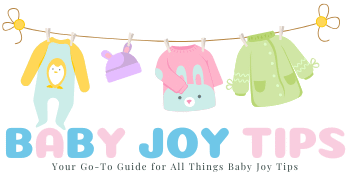
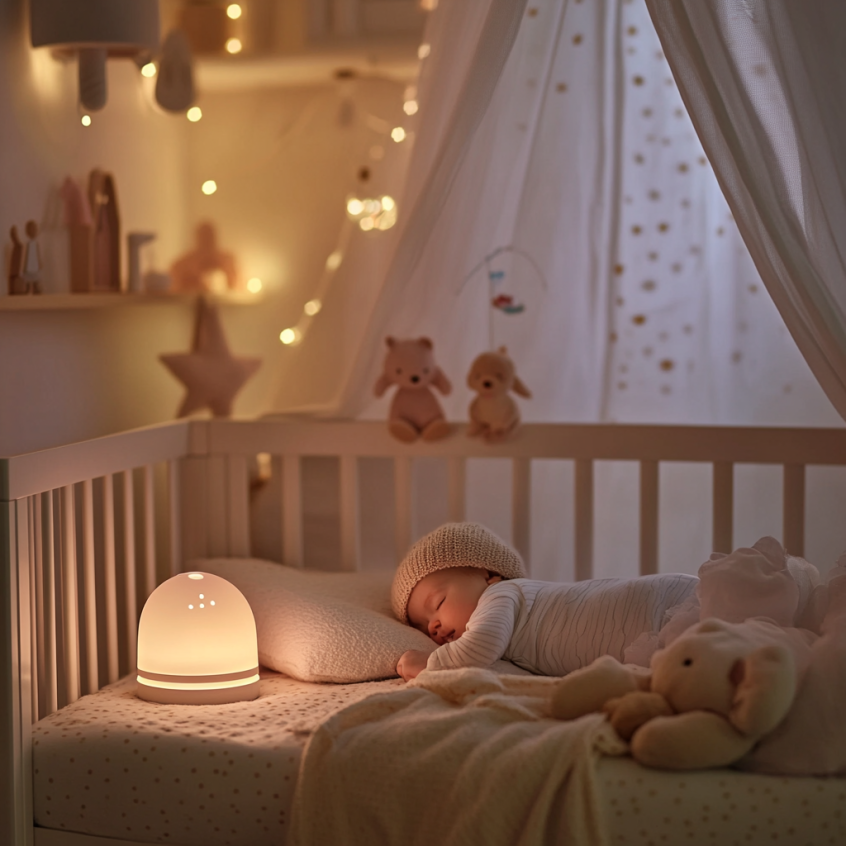
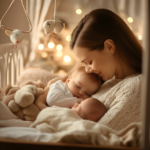

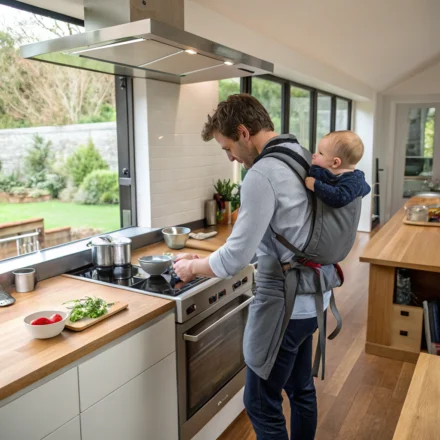
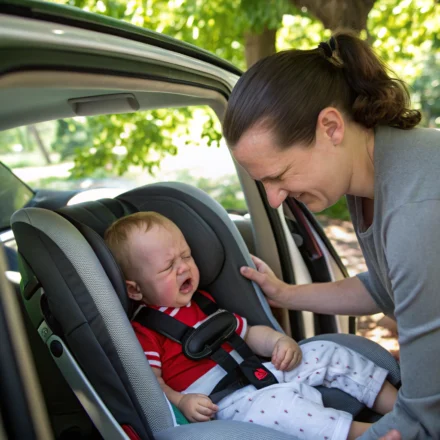
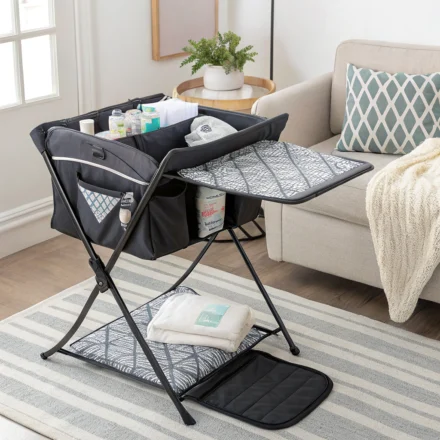

Leave a Comment